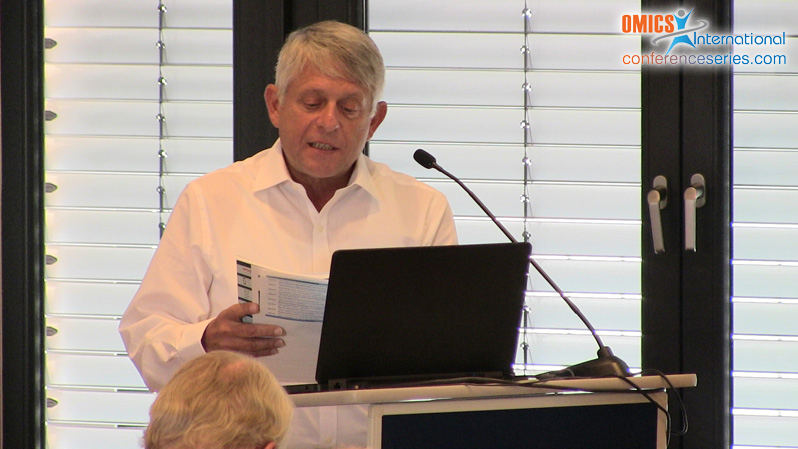
Edward A Bayer
The Weizmann Institute of Science, Israel
Title: Cellulose, cellulosomes and biofuels
Biography
Biography: Edward A Bayer
Abstract
The plant cell wall comprises a collection of natural polymers, which include numerous complex carbohydrates, e.g., cellulose, xylans, mannans, arabinans, etc., and the aromatic polymer lignin, of which cellulose is the most abundant. Cellulose is composed entirely of the simple sugar glucose linked in β(1→4) bonds to form the repeating unit, the disaccharide cellobiose, which is arranged into long linear chains. This arrangement affords near-perfect hydrogen bonding within and between neighboring chains, forming a crystalline-like material, whereby its glucose residues are “locked†in place, virtually inaccessible to the organisms in nature that would otherwise exploit the glucose as an excellent food source. Despite its recalcitrance, an ample corps of microorganisms (bacteria and fungi) can cope with decaying cellulosic matter, by virtue of the cellulolytic enzymes, the cellulases, that they produce. Aerobic fungi and bacteria tend to produce large amounts of cellulases and hemicellulases that together act synergistically in decomposition of the target polysaccharides to their component soluble sugars, as opposed to selected anaerobic bacteria that produce a multi-enzyme complex called the cellulosome. The cellulosome contains numerous cellulases, hemicellulases and related enzymes, attached to the bacterial cell surface, thus enabling efficient degradation of cellulosic substrates. Recent work has been centered on dismantling the cellulosome into its component parts and reassembling them into “designer cellulosomes†of precise content and configuration. This approach reveals insight into the rationale behind its catalytic efficiency, and the knowledge gained enable fabrication of more potent designer cellulosomes for conversion of plant-derived biomass into liquid biofuels.

